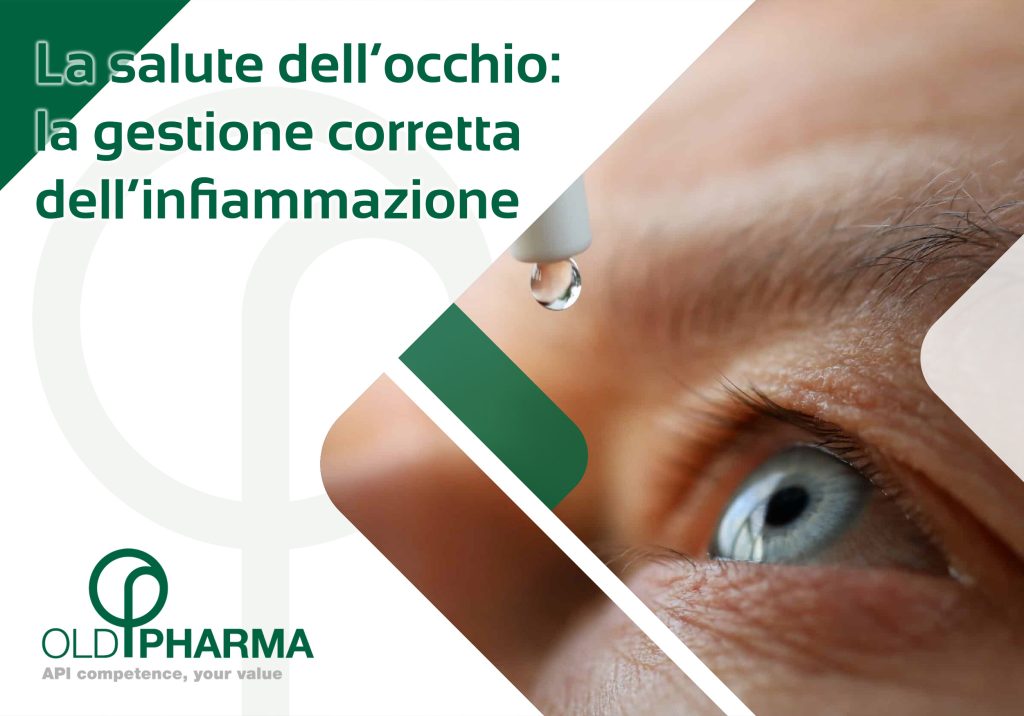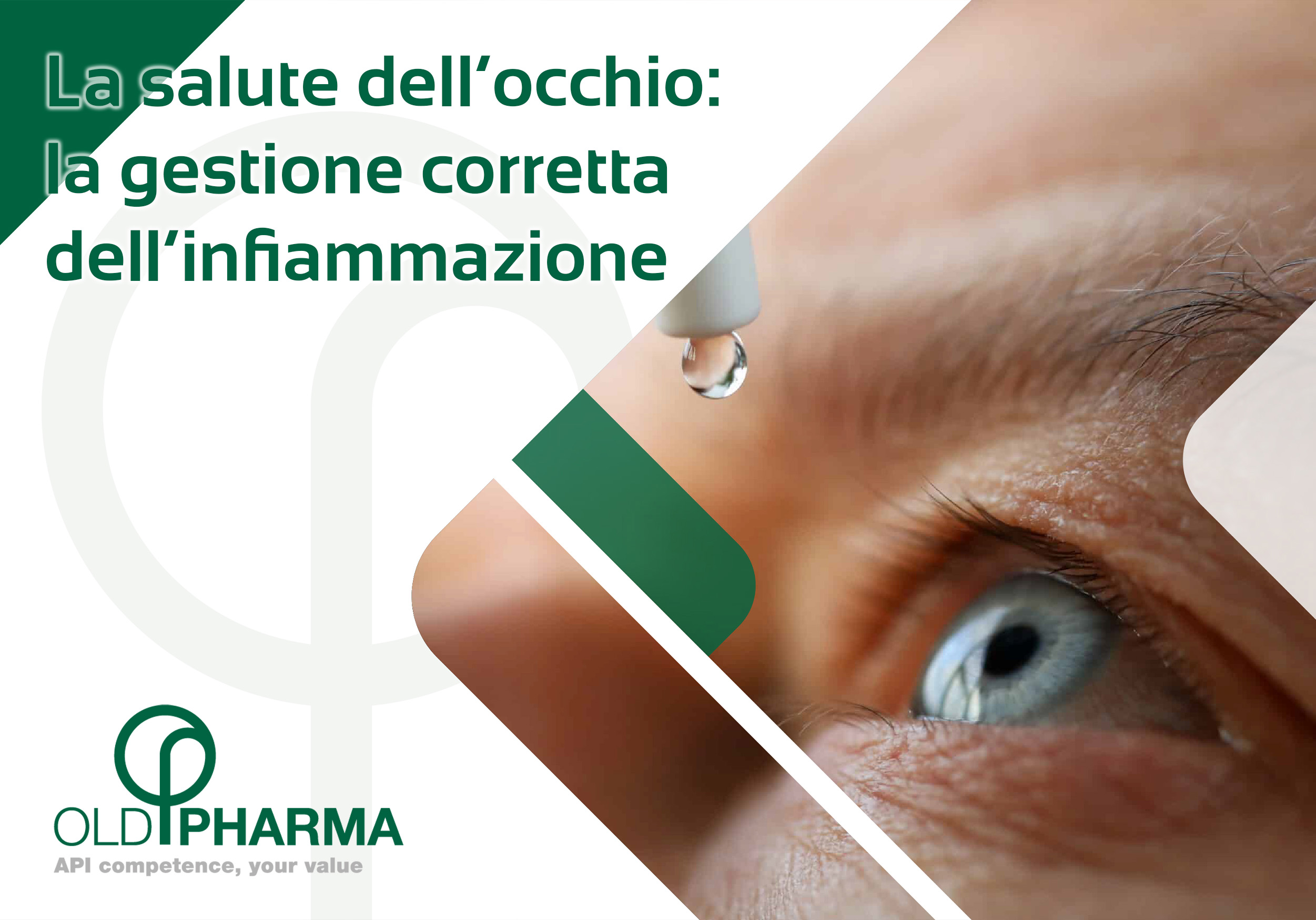Eye health is a vital aspect of overall well-being that is often overlooked until visible or painful problems arise. Of the many conditions that can affect the eye, inflammation is one of the most common and, if not treated properly, can lead to significant complications.
This article will explore the main causes of eye inflammation, the symptoms to recognize, and effective strategies for proper management.

Causes of Eye Inflammation
Eye inflammation can be caused by several factors:
- Infections: Bacteria, viruses, and fungi can infect different parts of the eye, such as the conjunctiva, cornea, and uvea, causing inflammation.
- Allergies: Allergic reactions to dust, pollen, animal dander, and other substances can cause allergic conjunctivitis.
- Trauma: Physical injuries to the eye, such as scratches or blows, can cause inflammation.
- Eye Surgery: Surgical procedures, especially cataract surgery, can induce post-operative inflammation.
Cataract surgery, one of the most common procedures in older adults, involves removing the cloudy lens and replacing it with an artificial lens. Despite the effectiveness of this operation, postoperative inflammation is a common side effect that requires appropriate pharmacological management.
Pharmacological Approach: NSAIDs and Corticosteroids
Treatment of ocular inflammation involves the use of nonsteroidal anti-inflammatory drugs (NSAIDs) and corticosteroids. These drugs reduce inflammation, relieve pain, and prevent further damage to eye tissue.
NSAIDs (Non-Steroidal Anti-Inflammatory Drugs)
NSAIDs are widely used for their effectiveness in reducing inflammation and pain. In recent years, the active ingredients of NSAIDs have undergone continuous evolution to improve their effectiveness and reduce side effects.
Corticosteroids
Corticosteroids are powerful anti-inflammatories that are used to treat severe inflammation. However, their prolonged use can have significant side effects, such as increased intraocular pressure and the risk of cataracts.
Innovations in NSAIDs for the Treatment of Ocular Inflammation
In recent years, NSAIDs have seen a notable evolution, with the development of formulations that include:
- Better Penetration: Innovations in drug chemistry have led to NSAIDs that penetrate ocular tissue better, providing greater efficacy.
- Less Irritation: Modern formulations are gentler on the eye, reducing the risk of irritation that was common with previous versions.
- Reduced Doses: The ability to administer the drug only once a day represents a significant improvement for patients, increasing compliance and convenience of treatment.
Advantages of New Solutions
The benefits of newer NSAID formulations include:
- Increased Efficacy: Better penetration and distribution of the drug within the eye.
- Reduced Side Effects: Gentler formulations reduce the risk of irritation and other adverse reactions.
Conclusions
Ocular inflammation is a condition that requires careful and timely management. Thanks to innovations in NSAIDs, we now have more effective and safer solutions for the treatment of this condition. The evolution of active pharmaceutical ingredients (APIs) and formulations has improved drug penetration into the eye, reduced side effects and simplified the administration regimen, thus ensuring a better quality of life for patients suffering from ocular inflammation.
Among these APIs, Nepafenac and Bromfenac stand out in clinical practice for their superior efficacy and tolerability.
For more information about our advanced pharmacological solutions for ocular inflammation, visit our website or contact our specialists.




